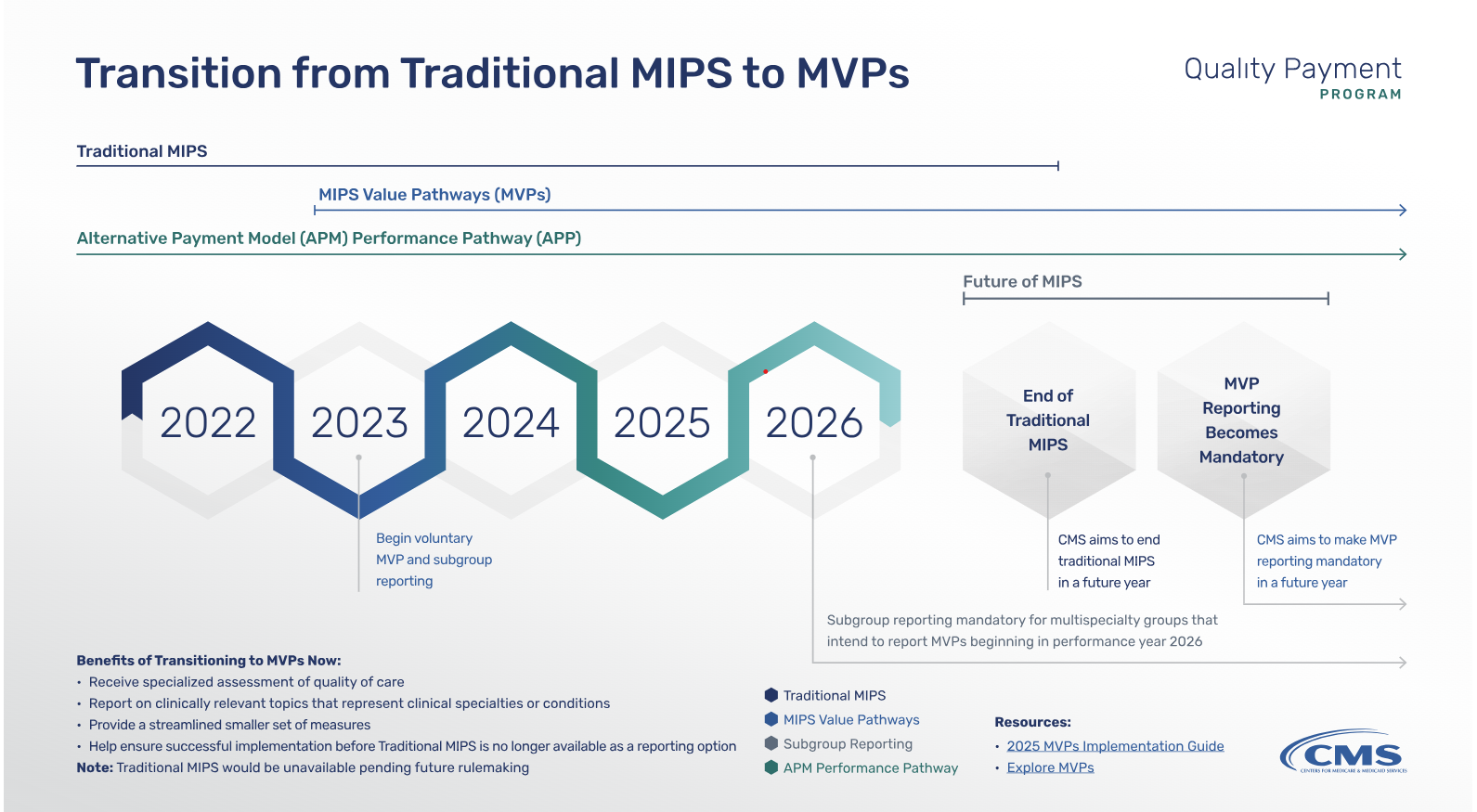Robotic surgery shows better outcomes in select emergency colorectal cases, poised for wider use

Editor's Note Robotic-assisted surgery is proving to be a strong option for emergency colorectal procedures, offering lower complication rates, shorter hospital stays, and fewer conversions to open surgery than conventional approaches. According to a July 23 article from the Journal of the American College of Surgeons, this approach—long established in…
Translating MIPS Value Pathways into perioperative practice—What OR leaders need to know

In July 2025, the Centers for Medicare & Medicaid Services (CMS) proposed sweeping changes to the Medicare Physician Fee Schedule for calendar year 2026. Among the most impactful updates is the launch of the Ambulatory Specialty Model (ASM)—a mandatory value-based payment program focused on heart failure and low back pain.…
July poll results: Perioperative leaders are tackling labor costs, staffing flexibility

Perioperative leaders often have to make critical decisions, not just in the middle of an operational crisis but also somewhere in the edges—the routine but still high-stakes moments where leaders need to adjust resources or absorb costs under tight constraints. The economic margin for error continues to narrow, and many…
Key tactics for OR emergency readiness: Supply audits, team drills

Editor’s Note: This page is a companion piece to the main article, Emergency preparedness: Identifying essential supplies for unplanned surgical events. While the main article outlines the principles of emergency readiness and supply preparation in the OR, the posts below offer a closer look at two key implementation areas: Supply…
Emergency preparedness: Identifying essential supplies for unplanned surgical events

While most emergency surgical procedures are carried out uneventfully and safely, the OR is also a place where potentially life-threatening and least-expected instances can arise. Emergencies such as malignant hyperthermia, intraoperative cardiac arrest, and anaphylaxis can catch OR leaders and staff off guard. Perioperative teams need proper and adequate preparation…
Nurse-focused EHR training aims to cut burnout and prep for AI future

Editor's Note Epic has introduced a free training program to help nurses and medical assistants reduce time spent using electronic health records (EHRs), addressing a key factor contributing to widespread burnout. According to a recent article in Fierce Healthcare, the Nursing SmartUser classes launched during National Nurses Week and aim…
Perioperative nurses are at the heart of robotic surgery’s rapid rise

Editor's Note As robotic-assisted surgery continues to expand across specialties, perioperative nurses are driving operational excellence, clinical outcomes, and team coordination—often serving as the linchpin of these high-tech surgical programs. According to an April 16 article from the Cleveland Clinic, the health system’s robotic surgery program illustrates how nurses are…
Reframing the surgical time out to fight complacency, improve outcomes

Editor's Note On this National Time Out Day, perioperative leaders are being called to reinvigorate the time-out process to combat complacency and reduce adverse events. Despite decades of safety initiatives, the adverse event rate in surgical care remains high—38% of perioperative cases, with nearly half tied directly to surgical procedures,…
Spotlight on safety: Call for renewed vigilance on National Time Out Day

Editor's Note Wrong-site surgeries are on the rise, and insufficient surgical time outs are a key contributor, according to new data highlighted by AORN on June 10 in honor of this year’s National Time Out Day on June 11. Based on The Joint Commission’s Sentinel Event Data 2023 Annual Review,…
CNOs urged to ready nurses for ICE encounters under new hospital enforcement rules

Editor's Note Hospitals are no longer protected from immigration enforcement, placing a new burden on chief nursing officers (CNOs) to ensure their teams are prepared, HealthLeaders June 2 reports. As of January 20, the Trump Administration revoked prior federal guidance that designated hospitals as “sensitive locations,” allowing Immigration and Customs…

 Free Daily News
Free Daily News